MIT team studies grid impacts of concentrated highway EV fast charging
Green Car Congress
AUGUST 23, 2021
Researchers at the MIT Energy Initiative have investigated the grid impacts of scaled up highway fast-charging (HFC) infrastructure by using an operations model of the 2033 Texas power grid with uniquely high spatial and temporal resolution. Greater impacts are observed for higher EV penetration cases—up to $6/MWh.





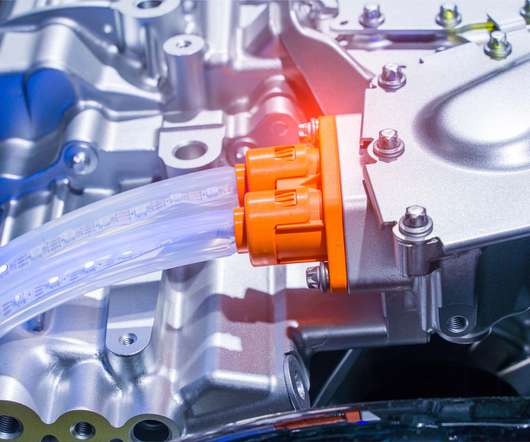


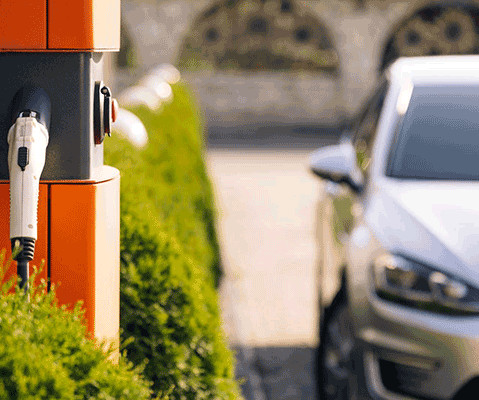

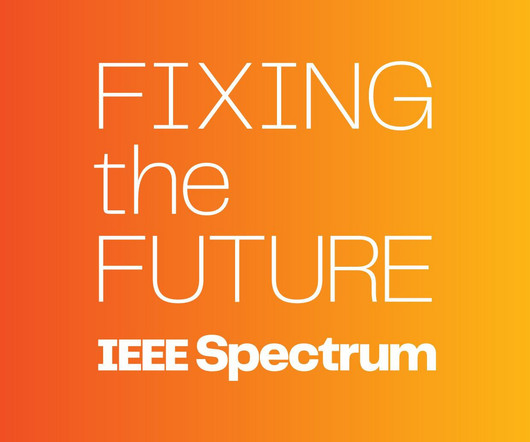


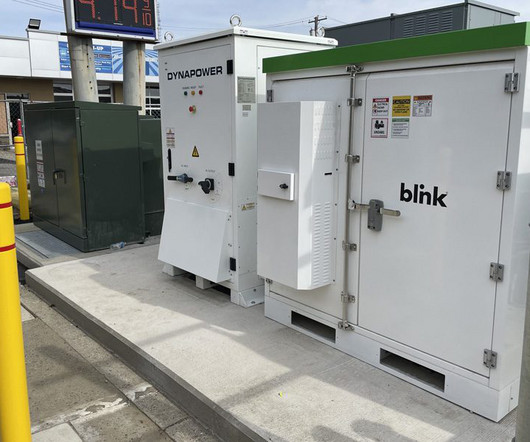
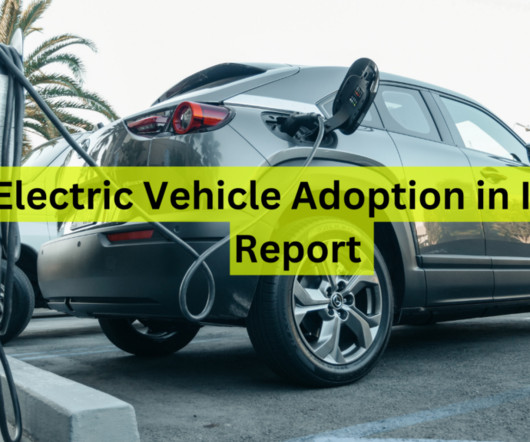



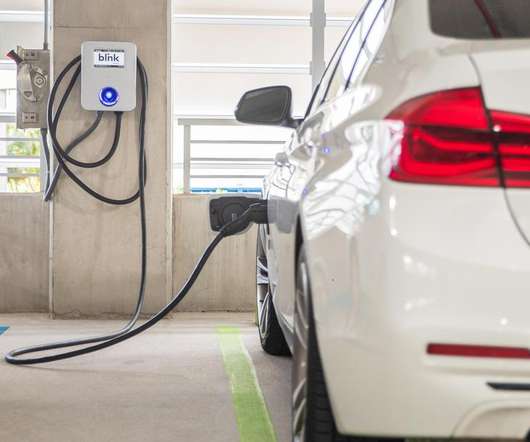

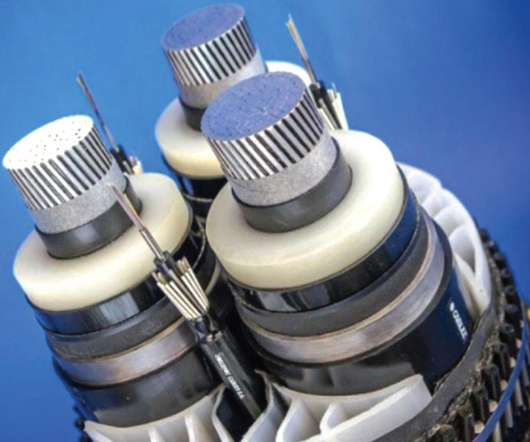




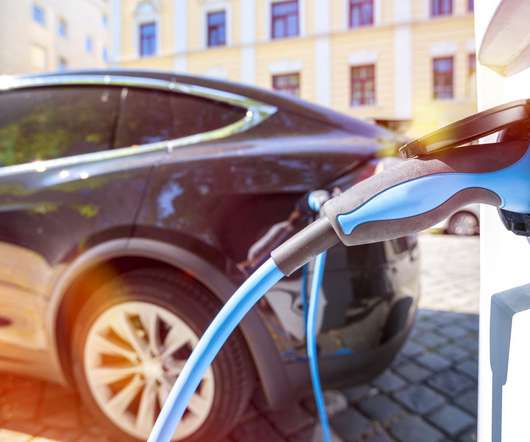








Let's personalize your content